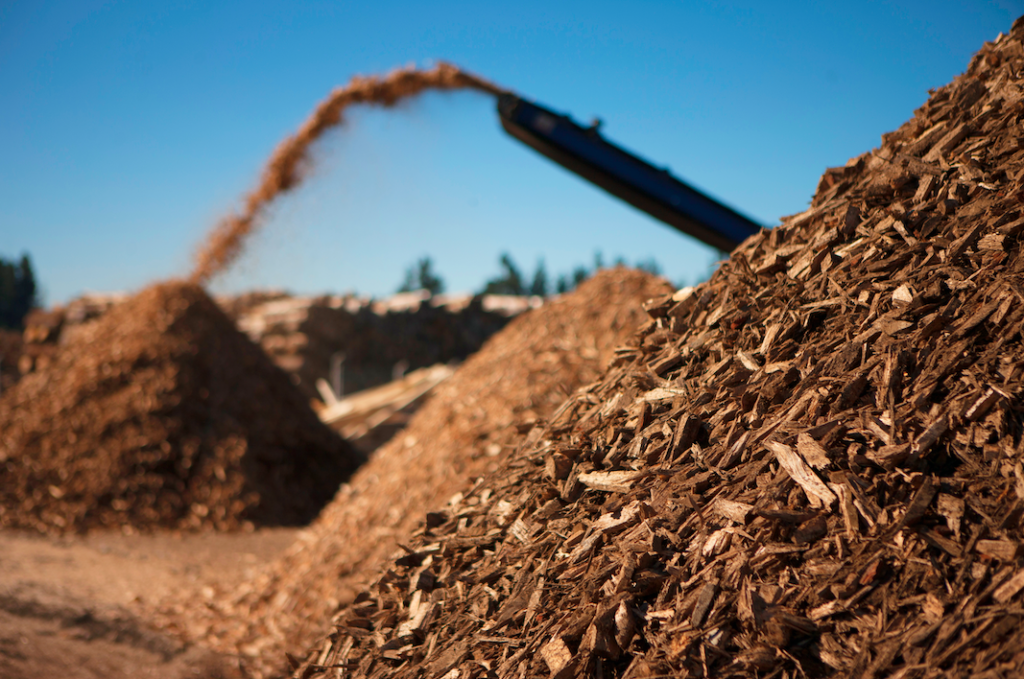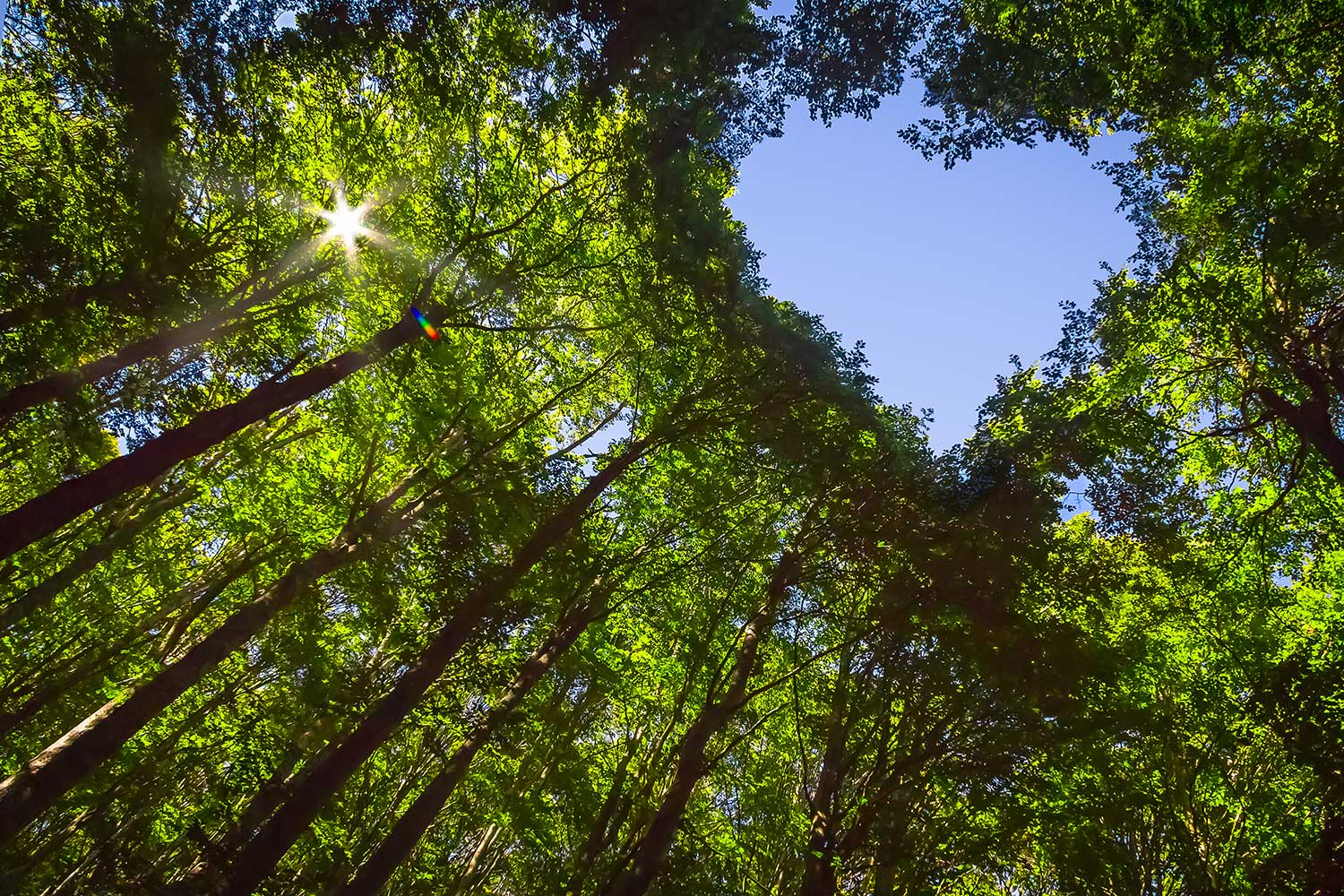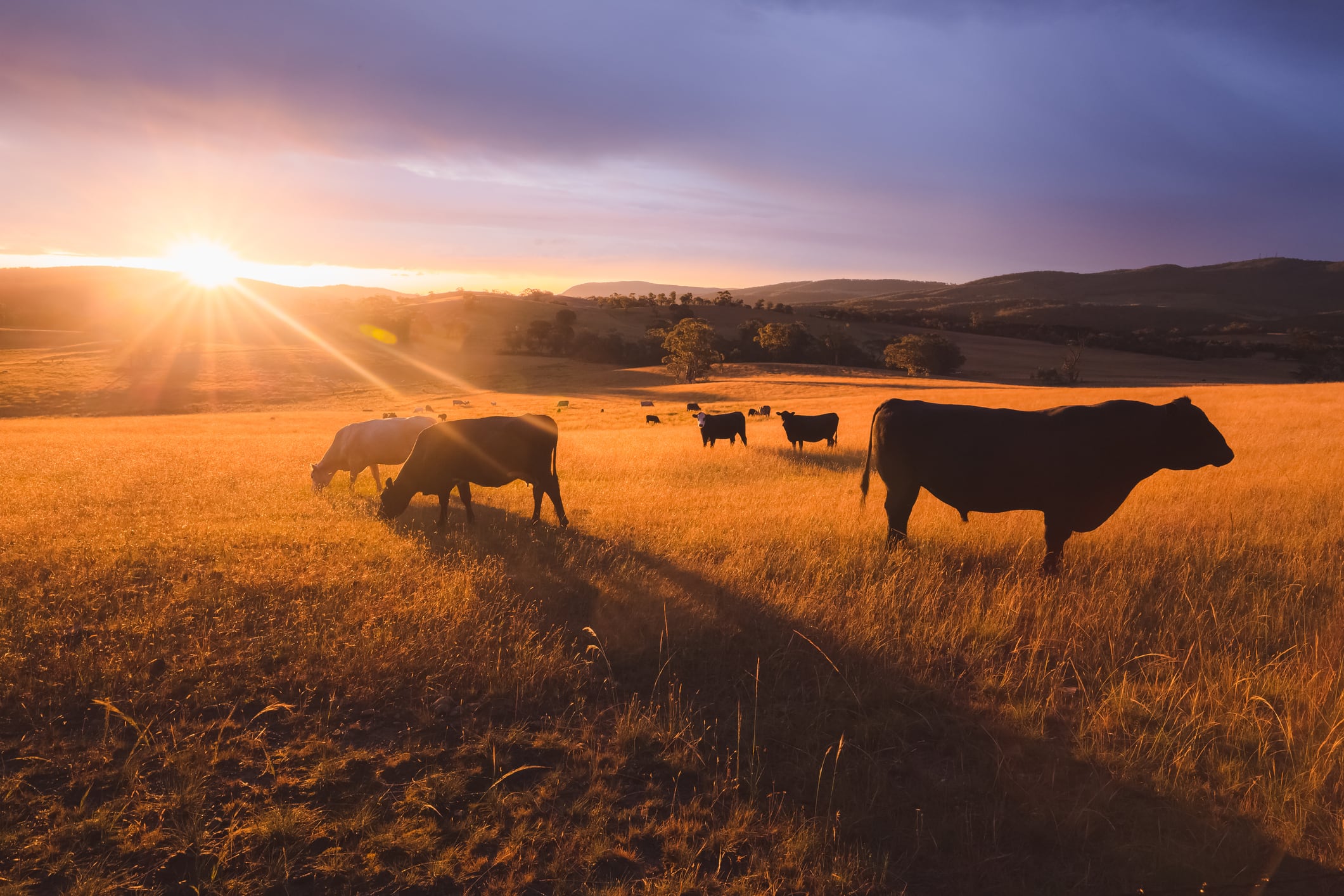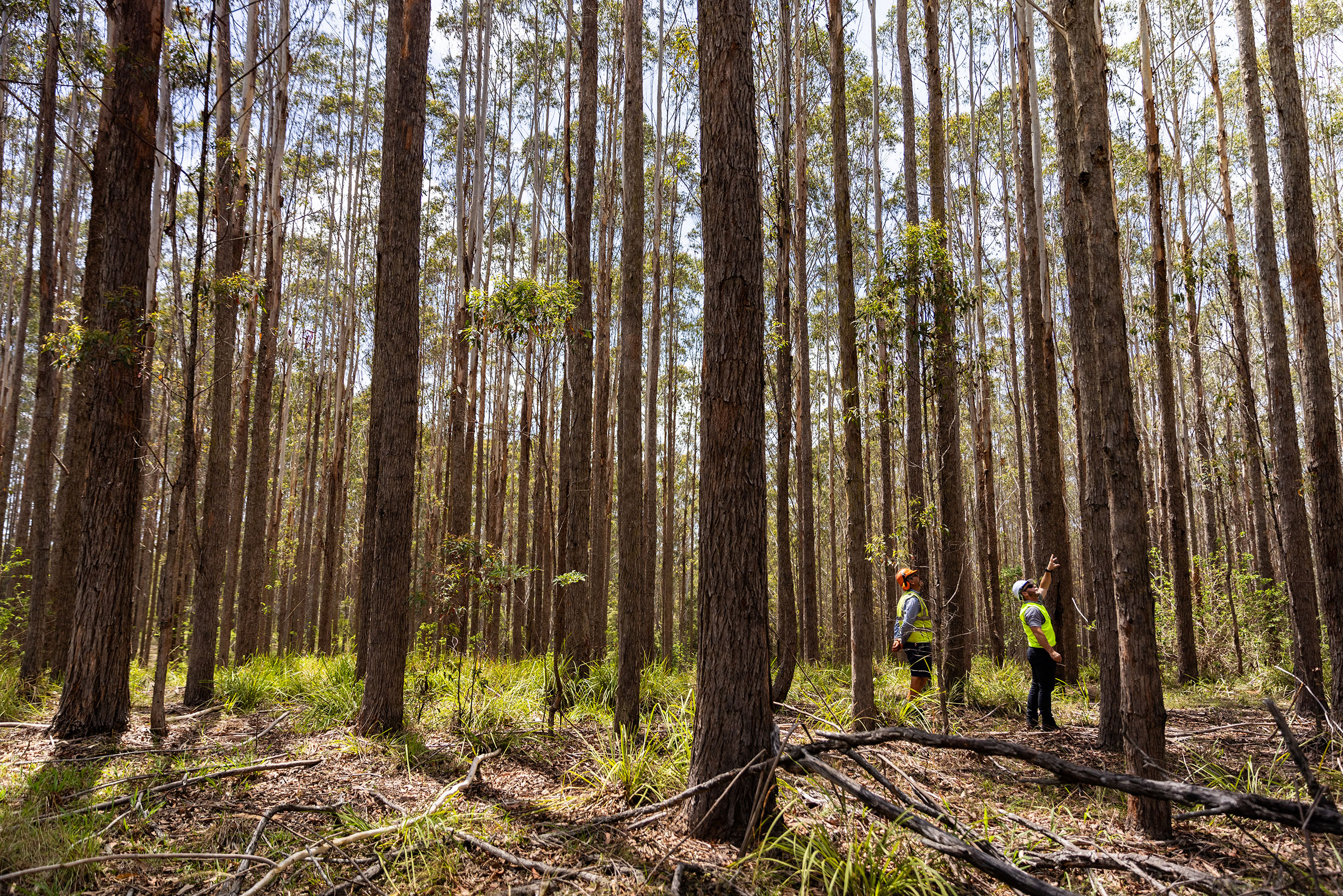As the world is banding together to reduce the consumption of fossil-based fuels and the production of greenhouse gases, the energy industry is striving to become more renewable, focussing on carbon-neutral energy derived from renewable sources.
In Australia, we have a wealth of available renewable sources to support a net-zero carbon emissions target. And this doesn’t mean we need to cut down more trees to resource it. In fact, forest management already produces enough residual timber that in NSW North Coast alone, it could be used to power 200,000 homes for a year.
Renewable energy vs. bioenergy
If you are wondering what the difference is between renewable energy and bioenergy, here is a definition.
The energy produced from natural resources that are constantly replaced and never run out is considered renewable. Whereas bioenergy is one of seven types of renewable energy found in Australia, including solar, wind, hydro, tidal, geothermal, and hydrogen.
Bioenergy relies on biomass and is generated from the conversion of this biomass into either heat, electricity, biogas, or biofuels.
So, what is Biomass?
‘Biomass is organic matter derived from forestry, agriculture, or waste streams available on a renewable basis. (Australian Renewable Energy Agency [1]).
In forestry, it is the residue from forest management that can be used as biomass. This residue timber includes the tops of trees and large branches not suitable for the sawmill, plus the sawdust and sawmill off-cuts created during the process of turning round logs into functional square timber.

If burnt, biomass releases carbon dioxide (CO₂) which can be reabsorbed through photosynthesis during the regrowth of biomass agriculture crops and forests (Energy NSW [2])
Chemical processing can turn biomass into biofuels (ethanol and diesel) which can be used for transport and electricity.
In NSW, we have access to biomass resources across the state. In Sydney, with a large urban population, this is primarily through waste. However, in the Mid-North Coast, we have the highest percentage of wood-derived biomass potential. (Energy NSW[3])
Bioenergy in Australia
Bioenergy is the world’s leading source of renewable energy, providing approximately a tenth of the world’s total energy. It cost-effectively reduces carbon emissions and continues to grow regional jobs around the world. However, in Australia, biofuel production is yet to be widely deployed, contributing only 0.9 percent of Australia’s electricity output, well below the OECD average of 2.4 percent (Bioenergy Australia[4]).
2020 however, has been a milestone year for renewable energy in Australia, with over a quarter of all energy now deemed to be from a renewable source for the first time. The wind was the major contributor of renewable energy at 36 percent, with bioenergy accounting for 5 percent of Australia’s renewable clean energy. (Bioenergy Australia[5])
There are a number of dedicated bioenergy plants already in Australia including Cape Byron Power. Cape Byron Power [6] is one of the largest renewable bioenergy power generators in Australia. Local to Sustainable Forest Management on the NSW North Coast, they sustainably source locally produced biomass fuels, predominantly from sugar agriculture and residual timber to generate carbon-neutral renewable power.
Predicted growth of Biofuels

The two most significant biofuels currently produced in Australia are bioethanol and biodiesel. When used for transport, ethanol-blended petrol (E10 and E85) is what you will commonly see at the pump.
With Australia striving to achieve net-zero carbon emissions by 2050, biofuels are predicted to become a major contributor, offering a renewable alternative to fossil-based fuels. Reuters [7] reports that by 2030, bioenergy could contribute around $10 billion to Australia’s economy following a government plan to promote biofuels.
By 2050, Australia’s bioenergy could account for up to 20 percent of energy production, creating over 26,000 jobs and reducing carbon emissions by 9 percent, based on 2019 levels (Australian Renewable Energy Agency [8]).
The government has assigned $33.5million in funds to back projects which support the growth of biofuel. There is a huge market for sustainable biofuels, particularly in the aviation and marine industries, with the intention that 18 percent of the jet fuel market to be from biofuel by 2030. Qantas, Virgin, Jetstar, and Air New Zealand have already committed to adopting sustainable aviation fuel and are already running commercial biofuel flights (BioEnergy Australia [9]).
To support this growth, several pilot projects are underway to increase the production of biofuels. A new dedicated biofuel plant for the NSW North Coast has already been earmarked for development in the not-too-distant future.
What this means for the forestry industry
Unused residue from forest management can be put to effective use. The benefits of using forestry residues for biomass include the opportunity to significantly reduce carbon emissions by displacing the use of fossil fuels.
The Department of Primary Industries [10] undertook a North Coast Residues Project in 2017 to identify the scale of opportunity within the NSW North Coast as a key contributor to biomass and bioenergy. This project investigated the potential availability of forestry residues and the possible environmental impacts of increased residue usage on biodiversity, forest health, and climate change. The findings established there are enough available forestry residues on the NSW North Coast to support the development of small and large-scale energy generation systems, with no adverse impacts on the environment.
NSW is, therefore, well-positioned to lead Australia in the use of biomass for bioenergy, providing energy that is both cost-effective and climate-friendly
Considered a key generator of biomass, the forestry industry is playing a vital role in the sustainability and generation of renewable energy for Australia.
For further reading on bioenergy in the forestry industry, we recommend this summary of the findings from six research projects funded by the Department of Agriculture, Water, and the Environment. Preparing Forest Industries for the future- bioenergy research [11]
To find out more about sustainable practices at Sustainable Forest Management, check out our Why Sustainable Logging Article.
Have a question? Get in contact with Siman Mcpherson, Managing Director today.

[1] [8] Australian Renewable Energy Agency
https://arena.gov.au/renewable-energy/bioenergy/#:~:text=Bioenergy%20is%20a%20form%20of,components%20of%20municipal%20solid%20waste.
[2] [3] Energy NSW
https://www.energy.nsw.gov.au/renewables/renewable-generation/bioenergy
[4] [9] FUEL – Bioenergy Australia
https://www.bioenergyaustralia.org.au/about/fuel/
[5] ABOUT – Bioenergy Australia
https://www.bioenergyaustralia.org.au/about/
[6] Cape Byron Power
https://www.capebyronpower.com/
[7] Australia promotes biofuels growth to help fight climate change | Reuters
https://www.reuters.com/business/sustainable-business/australia-promotes-biofuels-growth-help-fight-climate-change-2021-11-19/
[10] North Coast forests offer untapped bioenergy opportunity (nsw.gov.au)
https://www.dpi.nsw.gov.au/about-us/media-centre/releases/2017/north-coast-forests-offer-untapped-bioenergy-opportunity#:~:text=The%20news%20forms%20part%20of,with%20no%20adverse%20environmental%20impacts
[11] Preparing forest industries for the future – bioenergy research.
https://www.awe.gov.au/agriculture-land/forestry/national/climate-change-research/bioenergy


